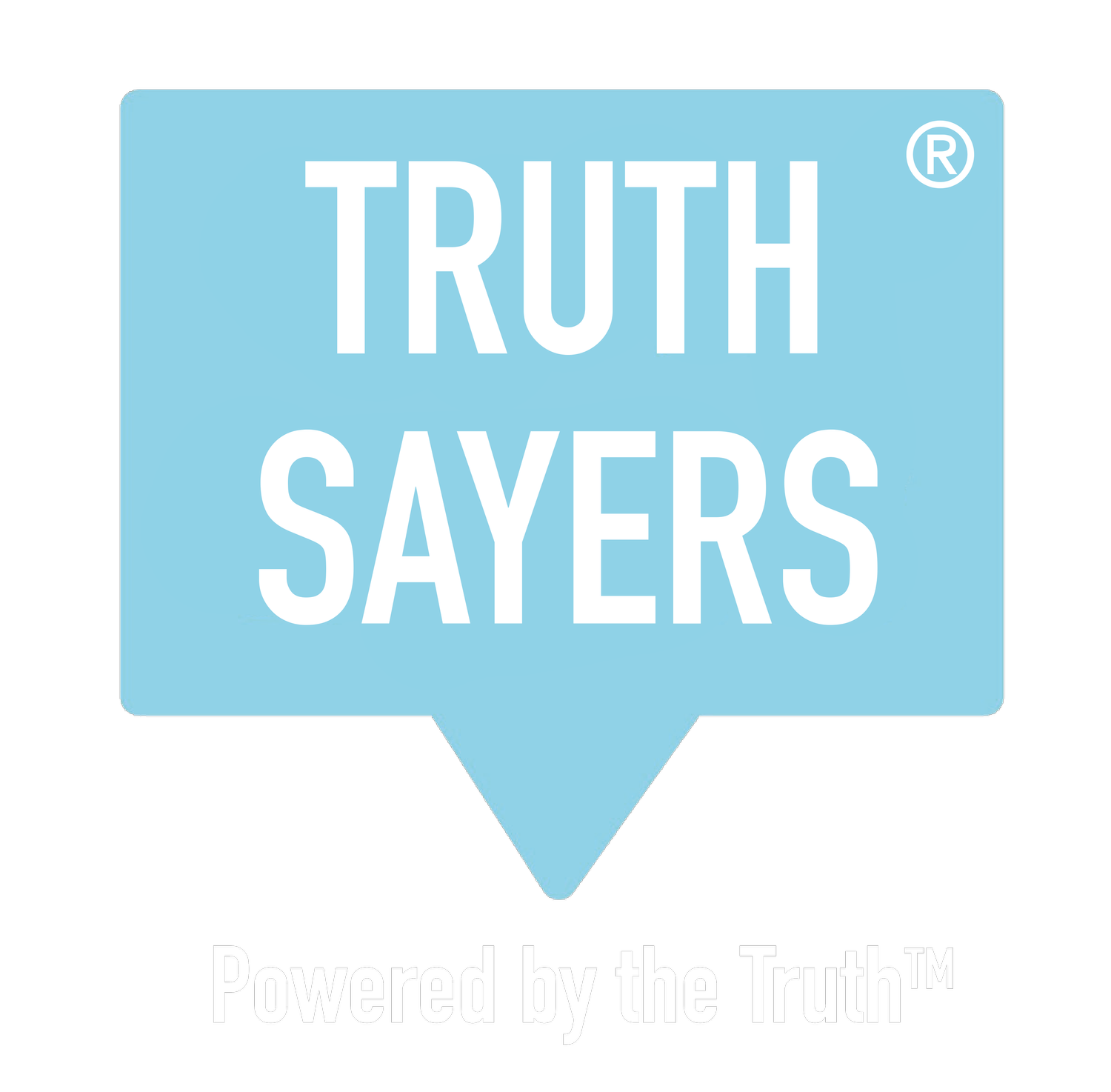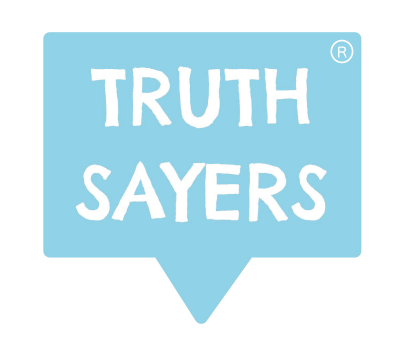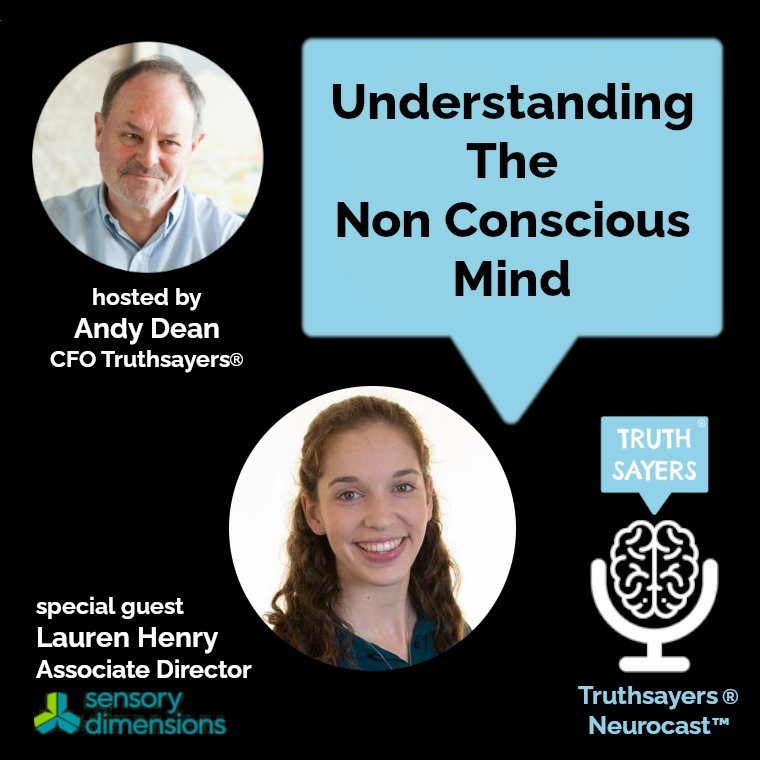Our Amazing Non Conscious Mind
"... even if you're not consciously perceiving something, it is definitely being registered somewhere in your brain, even if it's not being quite translated to a conscious perception. So it's definitely possible to adapt to things that you're not aware that you're seeing"
Lauren Henry, Associate Director, Sensory Dimensions
In this episode of Truthsayers®️ Neurocast™️, Lauren Henry, Associate Director at Sensory Dimensions, joins Andy Dean, CFO of Truthsayers® to chat about the amazing power of our non conscious mind and new research methods that are being used in sensory research to better understand purchasing psychology.
Lauren Henry sits on our Advisory Board at Truthsayers®️ and provides essential neuroscientific insight and knowledge to inform the development and data analysis of Neurotech®️ products. In this episode, Lauren provides a clear explanation of implicit methodology and explains how she has been using both implicit and explicit research methods to enable her clients to understand the real drivers that influence how consumers shop.
Listen to the podcast:
Watch the webcast:
Transcript:
Andy Dean 00:00:07:00
Today I'm with Lauren Henry and Lauren is a member of the Truthsayers' advisory board. Good morning, Lauren.
Lauren Henry 00:00:14:00
Good morning
AD 00:00:15:00
Thanks for joining us. I guess just to kick off with, could you explain a little bit about who you are, your background, who you work with, and what the role is that you do in your current position?
LH 00:00:27:00
Yeah, so I’ll start at the beginning, shall I? So, I always enjoyed biology most at school, so I kind of knew that I wanted to do something related to that at uni. And so I started off quite broadly, I did a degree at Oxford in Biomedical Sciences, and as I specialised and did more and more modules, I realised that it was the neuroscience modules that I was enjoying the most - particularly visual neuroscience actually, and auditory neuroscience. The modules I was enjoying the most were all related to different sensory experiences - so what was going on in your eyes and your ears, how people communicate all of that kind of stuff - and so as I specialised, I ended up coming out with a first in Neuroscience and my degree title was Neuroscience. Having enjoyed all of the sensory stuff the most, I then came out to look for a job in that kind of field and stumbled across actually, the company that I work for now, which is Sensory Dimensions. Sensory Dimensions is a company that has allowed me to apply my background in neuroscience, but also, I work with food, which is something that I love. So, it's allowed me to combine those two things that I really enjoy.
AD 00:01:45:00
What’s your day-to-day role?
LH 00:01:47:00
So my job title is Associate Director. We do sensory and consumer research. So sensory research is where we use a trained sensory panel. So they're selected for their sensory acuity, and they are trained to work with specific products, they are there to kind of detect absolute differences between products. So that may be food, it may be household products, personal care products. They're all about telling you what the absolute differences are between the products, they don't tell you anything about what they think of them, whether they like them or not. And then we do consumer work, where we work with untrained consumers who taste products or use products, and then tell you what they think about them, how they feel about them, whether they like them or not, so they're much more subjective.
Most of what I do on a day-to-day basis is around the consumer work that we do. I manage projects, so I'm in touch with clients to find out what it is that they want to achieve, what questions they've got about their products. And then we help them to design the test around their questions, and then run the studies that may involve sensory consumer or a mixture of both. Most of what I'm involved in personally is consumer work. And then of course, we analyse the results, report it back to them and help work out what that means for their business or their products and sometimes it can be an iterative process - we've got lots of different stages of the same product, to help them improve their products.
AD 00:03:26:00
That’s great, thanks Lauren. I know that we've worked on a number of projects with you and Sensory Dimensions and you use our Neurotech® platform, which is based around neuroscience and psychology, technology, and data science. Perhaps you could expand a little bit in terms of how you guys at Sensory Dimensions have used our implicit technology?
LH 00:03:48:00
Yeah, of course. So traditionally, consumer research has often focused around explicit questioning. So you know, actually just asking somebody what they think of our product, and then giving you an answer to that question. But more recently, we've been investigating using implicit with consumers. The reason being that it may be able to access how they truly feel about a product rather than just what they're willing to tell you about it. Explicitly people can lie to you, or there might be something that they're not happy to tell you about, you know, they don't want to offend the person who's made the product. So they don't want to be, you know, negative about it. And so by using implicit methods - looking at their reaction time, when they're responding to a product - you can infer their opinion about it, and really find out how they actually feel rather than just what they're willing to tell you.
So we have used the Truthsayers® Neurotech® platform to find out how people feel about products to ask them about the emotions that they're feeling. And to do that, we show them a product and we then ask them to respond to different statements on screen. And we try and find out how they're feeling about the product from differences in their reaction time, rather than what they're actually telling us. So one study that we've done it for, was around looking at the branding of a product, and whether the messaging that was communicated by the packaging matched the messaging that was communicated by the actual product itself. And that's something that we think implicit can be really useful for. And so in this particular situation it was a chocolate truffle project, and we found that the branded pack was really well liked, but it was communicating things like modern, desirable, generous, and on the other hand, the product was considered a bit more fun and great for sharing. And so it was kind of this like, fun, exciting product, with like a modern, more sophisticated packaging, and those two things weren't fitting together so well. So that's really useful findings for our clients, because then they know that they've got to rework something to make it fit together better. So they actually did go away and use that finding to rework their packaging and make it fit their product better. So it's things like that, that we really feel implicit really has value for.
AD 00:06:56:00
Why is it - from your background in neuroscience and your knowledge of the brain - why is it that people find it hard maybe to express how they feel about things?
LH 00:07:06:00
So, as I said, sometimes they're just not comfortable to tell you about things like that, but it's often particularly useful with things like emotion. Because emotion is something that, you know, you feel on a very basic level and actually, when it becomes a conscious thing that you're trying to describe, not only is it difficult to express emotion, but actually by really analysing that it kind of switches you into a different frame of mind and actually, that in itself can change the way you're feeling. Yeah, implicit is particularly useful for accessing things that are happening on a less conscious level.
AD 00:07:46:00
And through implicit testing, obviously, what we have is priming, we use priming at Truthsayers®. And through that, what we're doing is we're presenting people very quickly with a stimulus followed by another stimulus. And we're looking at their reaction, very fast reaction to the stimulus that follows. A lot of people say to me, “it happened so quickly, that I wasn't able to see that first stimulus, because I was concentrating on the task around the second stimulus.” What's your sort of response to that?
LH 00:08:22:00
So I would say that, even if you're not consciously perceiving something, you know, it is definitely being registered somewhere in your brain, even if it's not being quite translated to a conscious perception. So it's definitely possible to adapt to things that you're not aware that you're seeing.
AD 00:08:43:00
Yeah, I think I think that's one of the confusions that people get is that things have happened so quickly, they don't consciously register them. I find it quite fascinating that we have this one brain, but we have over the conscious part saying, “I didn't see it, therefore, it can't have happened” and the other part of the brain saying, “hey slow coach, I saw it, you need to catch up!” And I think it's this difference between the non conscious brain which is like a supercomputer that does millions of things all the time - drives our body, pumps our blood around, makes us breathe - all the things we don't have to think about and also generates our emotions. And from those feelings, and it's conscious brain that it's quite, much slower, far more rational, more considered. And there's a sort of juxtaposition between the two in certain areas, even though we know there is no division down the middle between conscious and non conscious, they work together, but they kind of act in slightly different ways and I think it's quite amusing how a conscious brain is sort of saying, “Well, that didn't happen” and the non conscious brain saying “Yes, it did”. I always use the example people driving down the motorway, and suddenly, you're at the junction where you've got to come off, and you can't remember the last 10 minutes, because you were talking to somebody through the phone in the car, or you're thinking about something well who was driving the car?
LH 00:10:05:00
Your non conscious brain just takes care of so much
AD 00:10:06:00
It’s all there, it's all going in – exactly. It's sort of a supercomputer that we don't really understand, but through neuroscience, in the last 20-30 years we are beginning to understand, that we are driven at an non conscious, automatic level, as opposed to this conscious rational being that we, as Descartes thought we were, these rational human beings, which has kind of been put on its head, so “I think therefore I am” is now “I feel therefore I am”.
LH
Yes
AD 00:10:38:00
That's really interesting. Thank you. Thanks very much, Lauren, for being with us today and really interesting talking to you. And hopefully people watching will get a better idea in terms of how implicit can be used, how it's actually being used in a real scenario with Sensory Dimensions, and how they can benefit also from using implicit and the Neurotech® platform across their business not only in the consumer side, but also with their employees and in the people analytics side, which is becoming even more important these days to business. So thanks very much, Lauren, and see you again soon.
LH 00:11:16:00
You’re welcome, it’s been great to talk to you.
❇️ Find out more about Sensory Dimension: https://www.sensorydimensions.com


